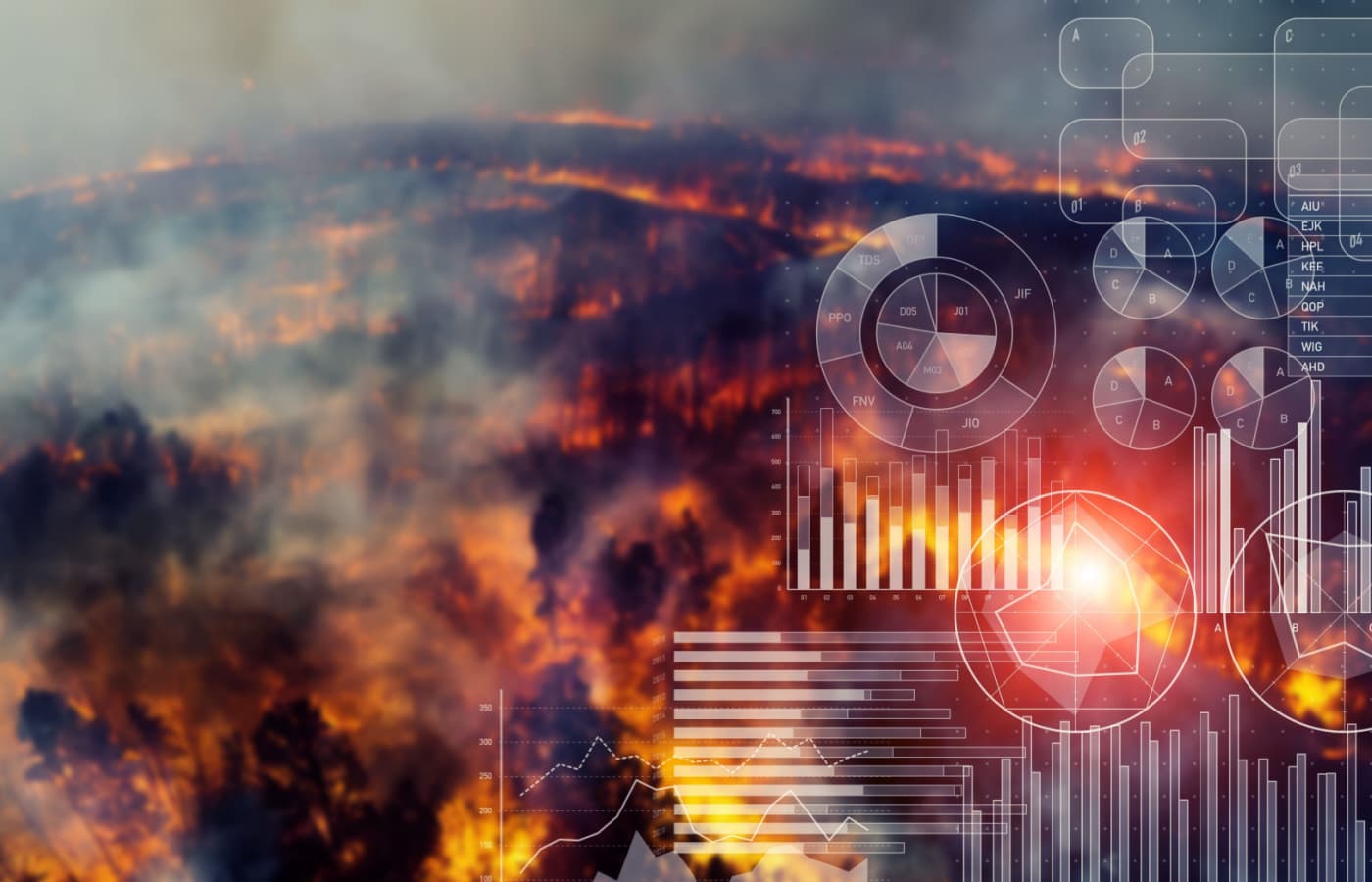The Use of AI in Disaster Management and Relief Efforts

The Use of AI in Disaster Management and Relief Efforts
In recent years, natural disasters have become more frequent and more severe. From hurricanes and earthquakes to wildfires and floods, these catastrophic events have caused widespread destruction and displacement. With the rise of technology, one tool that has been increasingly used in disaster management and relief efforts is artificial intelligence (AI).
What is AI?
AI refers to the simulation of human intelligence in machines that are programmed to think and act like humans. This includes the ability to learn, reason, and make decisions. AI uses algorithms and large amounts of data to analyze and make predictions, often in a fraction of the time it would take a human.
How is AI used in disaster management?
During and after a disaster, AI can play a crucial role in collecting and analyzing data to assist relief efforts. This can include using satellite imagery to assess damage, analyzing social media posts to identify areas in need of aid, and predicting the path of a storm or the spread of a wildfire.
Additionally, AI can be used to coordinate and optimize rescue efforts. For example, drones equipped with AI technology can assist in search and rescue operations, and robots can be deployed to clear debris and detect potential hazards.
Benefits of AI in disaster management
One of the main benefits of using AI in disaster management is the speed at which information can be gathered and analyzed. In a crisis situation, where time is of the essence, having quick and accurate data can save lives.
Another advantage is the ability to process vast amounts of information. This not only makes it easier to identify areas in need of assistance, but it also allows for more efficient allocation of resources. This can be crucial in situations where resources are limited.
Impacts on Relief Efforts
AI can also have a significant impact on relief efforts. By predicting the path of a storm or the spread of a fire, organizations can better prepare and allocate resources in the affected areas. This can help mitigate the impact of the disaster and save lives.
Furthermore, AI can be used to analyze data from social media to identify areas in need and connect those in need with volunteers and resources. This can improve the efficiency and effectiveness of relief efforts.
The Future of AI in Disaster Management
As technology advances, so does the potential for AI to play an even more significant role in disaster management and relief efforts. With the increasing capabilities of AI, we can expect to see more accurate predictions and better coordination of relief efforts.
AI can also help communities prepare for potential disasters through the use of simulation models. This can aid in identifying potential risks and planning for evacuation or response strategies.
Conclusion
In conclusion, AI is a valuable tool in disaster management and relief efforts. With its ability to quickly gather and analyze data, it can save lives and improve the efficiency of relief efforts. As technology continues to advance, the use of AI in disaster situations is sure to grow, making a positive impact on communities affected by disasters.
"The only thing faster than technology is the speed at which it evolves."



